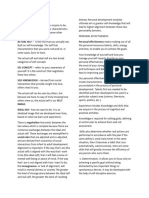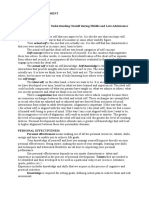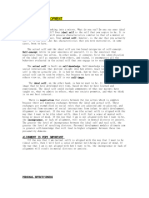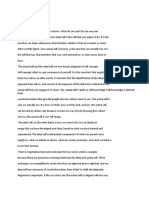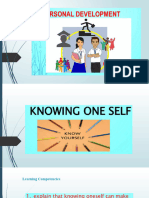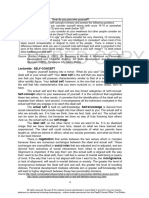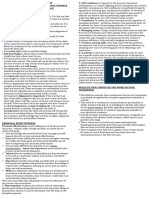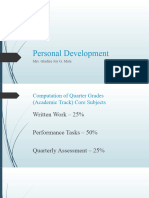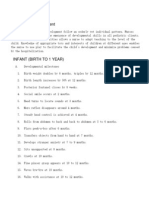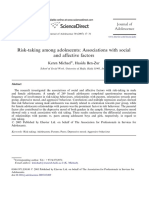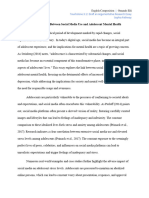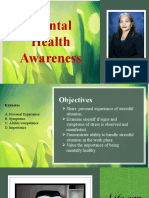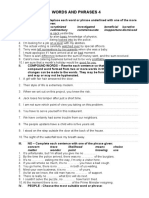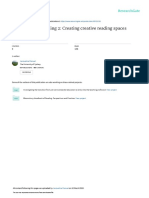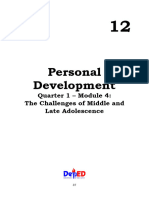0% found this document useful (0 votes)
15 views8 pagesPer Dev Reviewer
The document discusses the concepts of the actual self and ideal self, emphasizing the importance of self-knowledge and alignment between the two for mental well-being. It outlines personal effectiveness as utilizing personal resources to achieve life goals, highlighting key skills such as determination, self-confidence, and problem-solving. Additionally, it covers human development stages and stress management, illustrating how emotional and social factors influence personal growth and stress experiences.
Uploaded by
nikicatampongan9Copyright
© © All Rights Reserved
We take content rights seriously. If you suspect this is your content, claim it here.
Available Formats
Download as DOCX, PDF, TXT or read online on Scribd
0% found this document useful (0 votes)
15 views8 pagesPer Dev Reviewer
The document discusses the concepts of the actual self and ideal self, emphasizing the importance of self-knowledge and alignment between the two for mental well-being. It outlines personal effectiveness as utilizing personal resources to achieve life goals, highlighting key skills such as determination, self-confidence, and problem-solving. Additionally, it covers human development stages and stress management, illustrating how emotional and social factors influence personal growth and stress experiences.
Uploaded by
nikicatampongan9Copyright
© © All Rights Reserved
We take content rights seriously. If you suspect this is your content, claim it here.
Available Formats
Download as DOCX, PDF, TXT or read online on Scribd
/ 8






